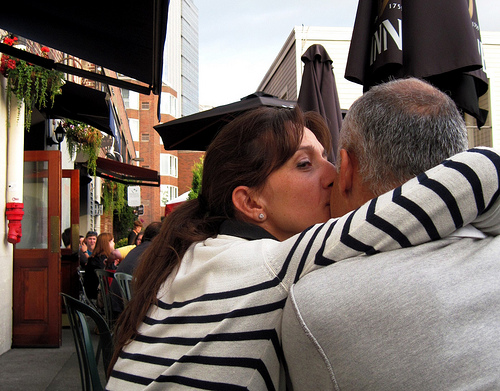“…we all know city places that inspire romance – places that kindle love, if you will. There are the biggies, such as Paris, Rome, and San Francisco. There are historic districts in many cities with narrow, brick or cobbled streets. There are city squares set against dramatic natural views of mountains, desert, or water, or set against dramatic urban views of skylines, majestic buildings, and twinkling lights. There are tucked-away spots with an architecture of intimacy. Most of us have our favorites.
“But I submit that almost all of these city places that inspire love, and others that simply inspire, are also lovable themselves. Is this important? Should those of us who care about sustainability also care whether a place is ‘lovable’? Shouldn’t we only care about the resources it consumes and the pollution it generates?
“I reject the assumption that great numbers on sustainability indicators make a great place, or that whether a place is great doesn’t matter if it shows well on sustainability indicators. In fact, as my friend Steve Mouzon has articulated so well, I’ll stand these notions on their head and say that places are sustainable only if they are also lovable. The truth is that the mushy stuff – legacy, beauty, places that speak to the heart and soul – matters. But what about the whole ‘it’s in the eye of the beholder’ thing? If we can’t reach consensus on a definition of lovable, then how do we know when we have it?
“I’ll grant that lovability – or beauty – can be elusive to define, especially over time. But being elusive to define with certainty is not the same thing as being unimportant. While there may not be unanimity, there are in fact places that are pretty darn close to being universally loved. And they are the ones most likely to be defended and cared for over time, and thus the most sustainable in a very literal way. We should study them, learn from them, and create more of them. Lovability alone may not equate to environmental sustainability; but good environmental performance alone may not equate to literal sustainability.”
Read the entire article by Kaid Benfield at the NRDC’s Switchboard: Five ways to think about greener, healthier cities.



